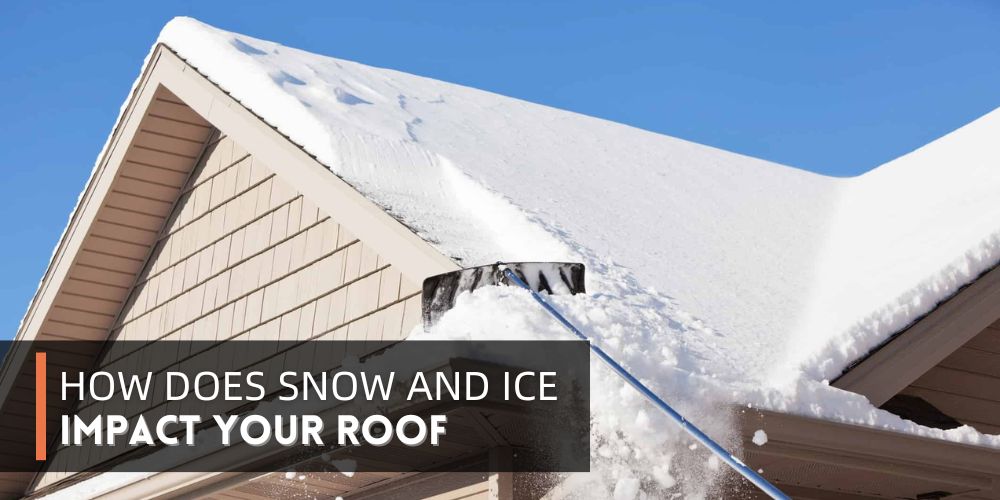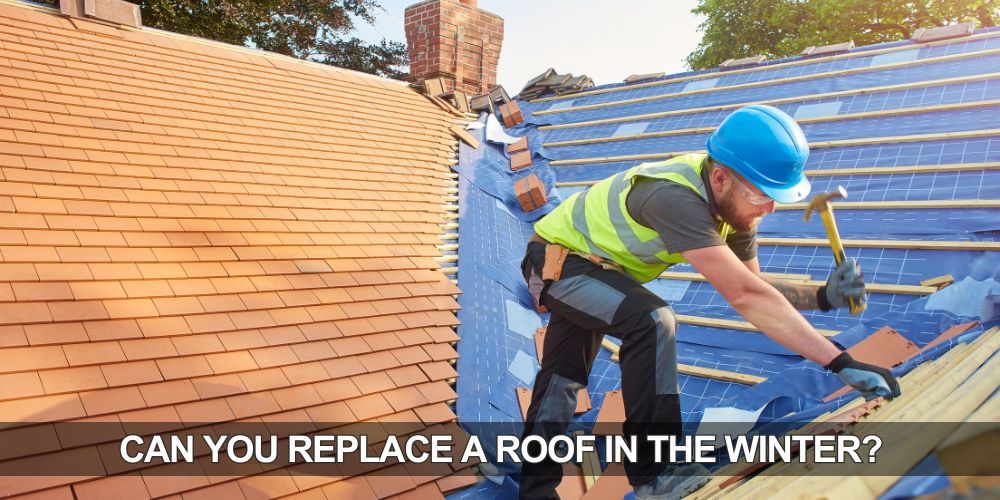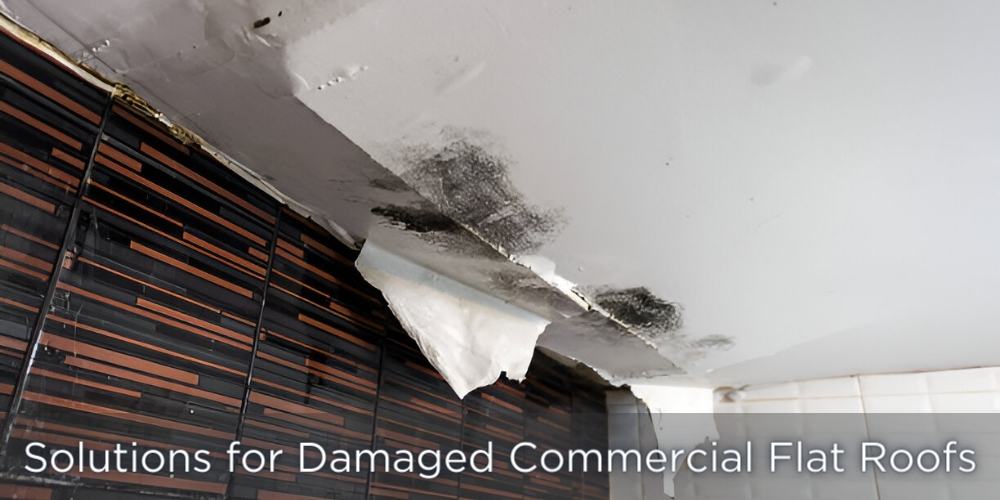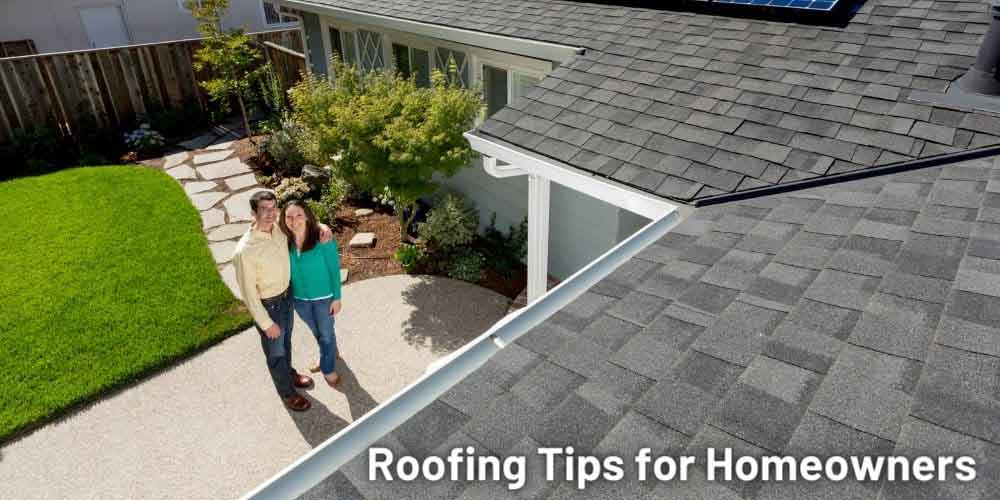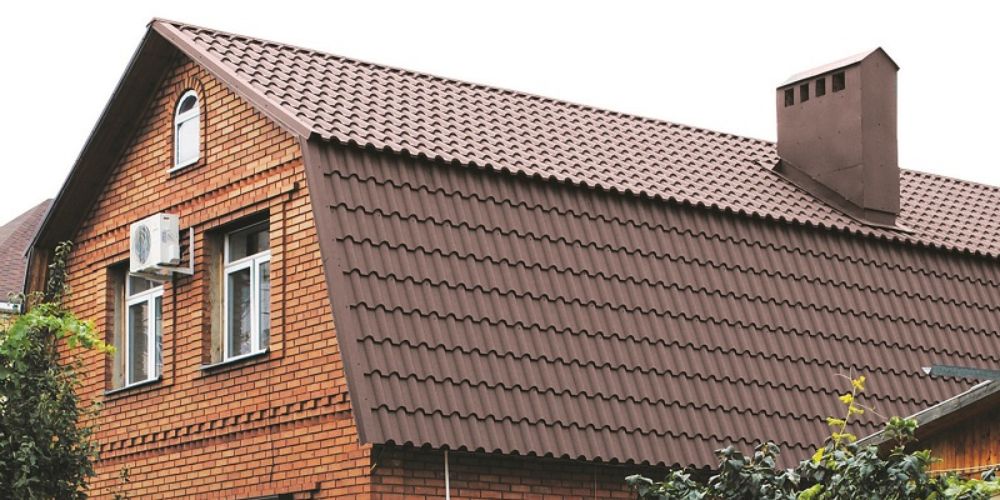
Choosing the best roofing material for your home is not always an easy feat. After all, you’re dealing with multiple factors such as durability, budget, aesthetic, and of course, the architectural design and framing of your home since not all types are going to fit in well.
So in this blog, we’ll look at the types of roofing materials along with their advantages. When armed with the proper information and with some guidance from an expert roofer, you’ll be able to choose the type that best meets all your criteria.
Here are the types of roofing materials for your Home
While there’s a broad variety of roofing materials to choose from, we’ve narrowed it down to the three most popular and most versatile. As you peruse through these selections, you might also consider their long-term maintenance and energy efficiency as well as the factors mentioned above.
Shingles Roofing Material
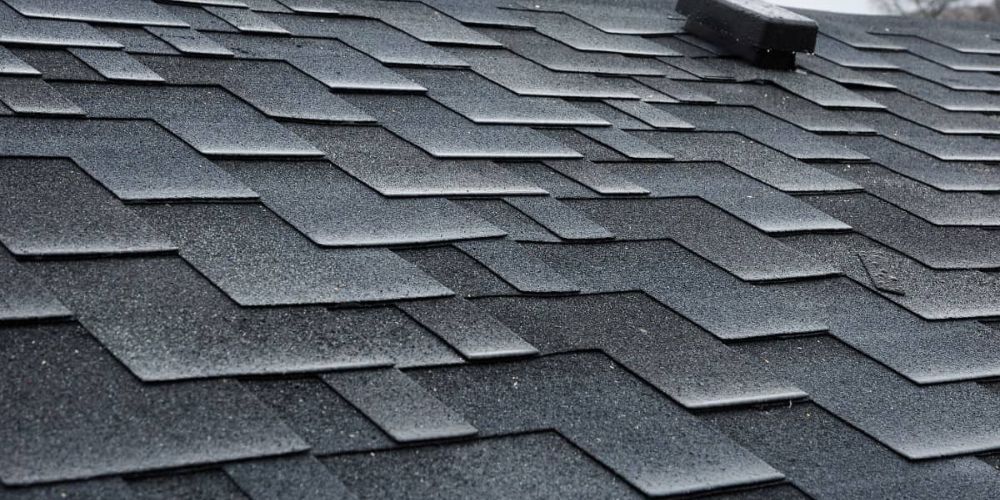
Shingles, specifically those that are made from asphalt, are among the most affordable roofing materials around. Their base mat is made of cellulose and glass fibers and coated with asphalt. The textured surface that you see is covered with ceramic-coated opaque mineral granules. Right after they’re installed, their asphalt layer becomes hot and sticky to form a tight seal, being that they’re exposed to direct sunlight. This trait ensures sound protection from precipitation and the wind. If installed and maintained properly, shingle roofs last 25 to 30 years.
Benefits of Shingles Roofing
With this type, you have options that are durable and visually appealing such as the three-tab and the architectural shingle. In addition to those common varieties, you can choose from wood, metal, and fiberglass. They are also ideal for frames that require a lightweight roofing material instead of slate or clay tiles. Plus, with their flexibility, they fit almost any shape of the roof, even fairly odd forms like the steep, pointed varieties, and they resist moisture, ward off the formation of algae, and are easily repaired and replaced.
Tile Roofing Material
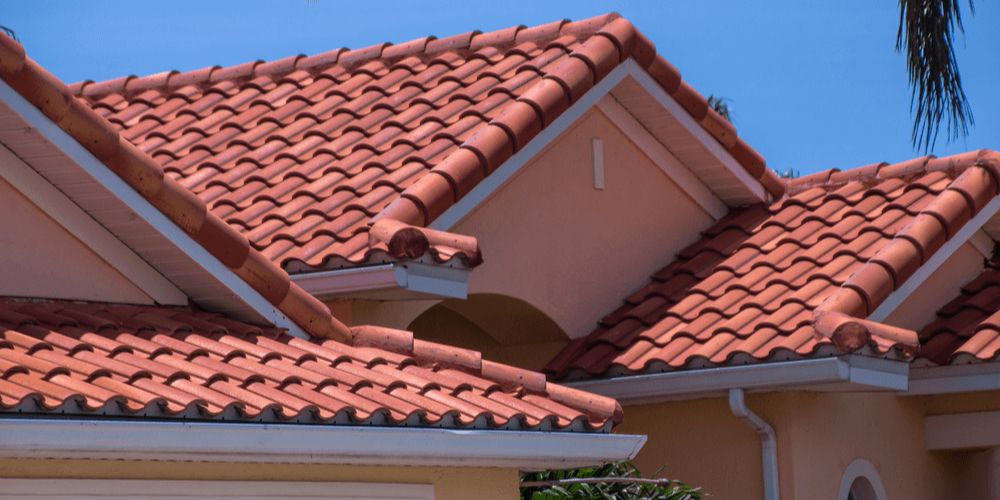
When it comes to tile roofing, you have two materials to choose from: clay and concrete, though anymore, you can also find slate and ceramic roofs. Additionally, tiles in different shapes, such as flat, fluted, curved, or interlocking, as well as different tones, accent your home’s exterior.
Tile roofing materials are installed in a similar way as shingles, where the roofer starts at the bottom and works up to the top of the roof. Each row overlaps the other and is secured by roofing nails.
Benefits of Tile Roofing
One of the most important qualities of tile roofing is that it’s fireproof. Plus, its longevity of almost 100 years and its long-term cost-effectiveness makes this type of roofing material one of the most popular. Moreover, a tile roof is known to withstand winds of over 100 miles per hour and hail up to two inches in diameter. Another perk includes its breathability due to the thickness of the tiles, which keeps homes cooler in the summer and warmer in the winter. However, because of this trait, tiles are better for homes that can support their heavier weight.
Metal Roofing Material

Yet another popular roofing material is metal, but don’t picture just the old corrugated variety. Metal roofs can be made from stainless steel, aluminum, Galvalume (which is a combination of steel, zinc, and aluminum), and even copper and zinc. With the exception of copper, this type usually comes coated in a wide range of colors and can fit almost any shape and slope. Furthermore, this material is another one that’s known for its longevity (40 to 70 years if installed correctly) and its ability to stand up to high winds of 140 miles per hour and impact damage from hail and debris.
Benefits of Metal Roofing
Along with their longevity and durability, metal roofs are fire resistant and they deter insects. Thus, there would be no worry about attracting mosquitoes since the roof doesn’t rot or retain moisture. Even still, when it comes to moisture, you still wouldn’t have concerns about rust or corrosion for the aluminum variety. Another added perk is the 25% decrease in your energy costs, especially during the summer. Metal reflects heat which leads to more efficient cooling inside of your home. And if you were concerned about the environmental impact, most metal roofing is made from recycled materials, making it one of the most eco-friendly roofing materials.
Conclusion
Now you know the most important qualities of different types of roofing material, along with the benefits of each choice. So if you’re looking for long-lasting, protective roofing in the Chicagoland area, any of these types would work well during the harsh winters and humid summers.
Still, trying to decide on a roofing material? Contact the pros at Chicago Roofing Company for an inspection and a free quote. They’ve worked with shingle roofs, metal roofs, tile roofs, and more. Do you have a flat roof? They have repair and replacement solutions for that type as well. Call Chicago Roofing Company for all your residential and commercial roofing needs.



